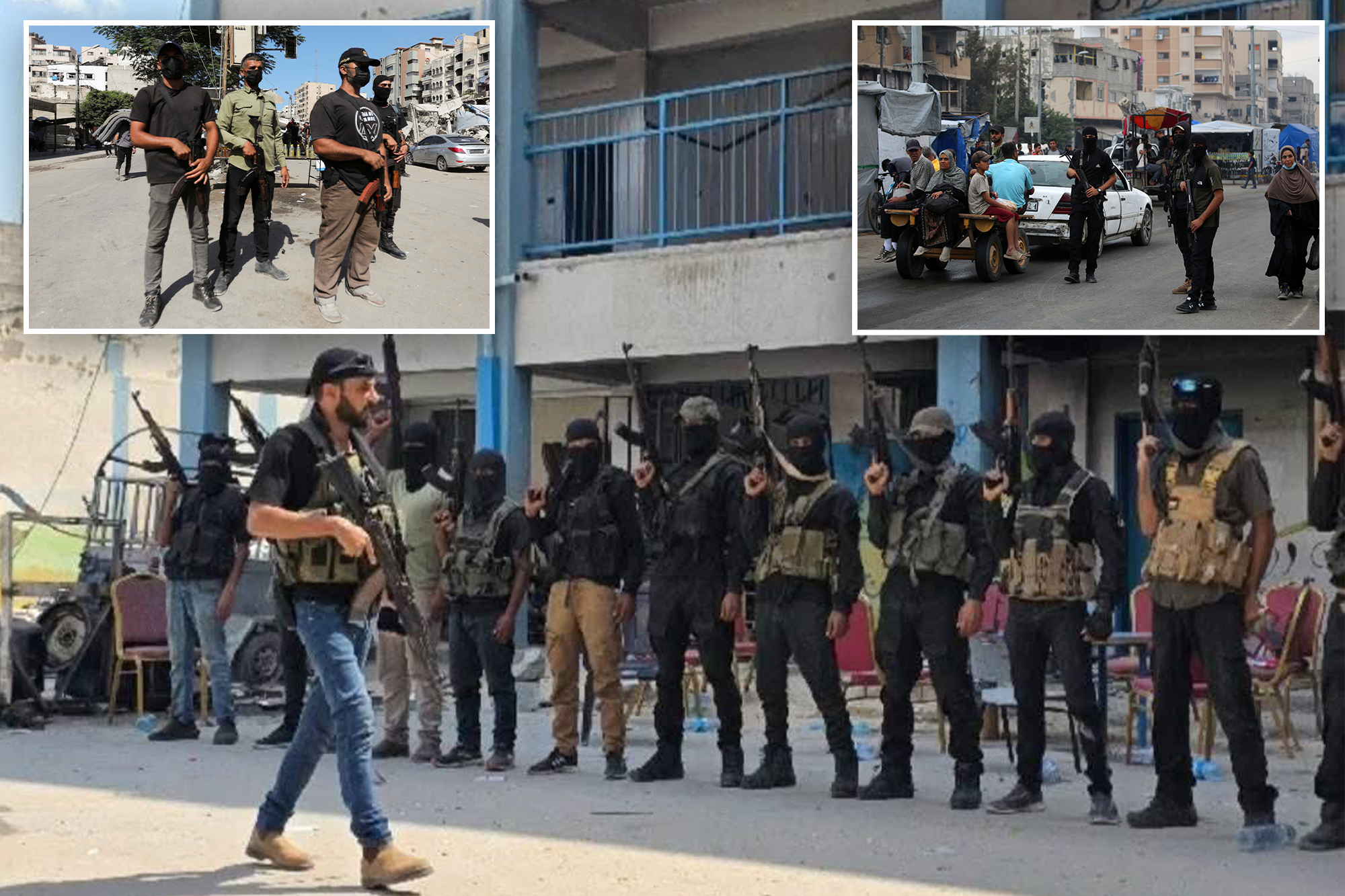A fragile cease-fire has emerged in Gaza following more than two years of intense conflict, but now a weakened Hamas faces significant internal challenges. Four major armed clans are vying for control of the war-torn Palestinian enclave, further complicating an already volatile situation. After a peace agreement with Israel on October 7, Hamas has attempted to reassert its authority by deploying thousands of fighters to restore order, but clashes with these rival factions have intensified.
Hamas claims to have mobilized approximately 7,000 fighters to eliminate what it describes as “outlaws and collaborators.” Despite these efforts, the group is confronted by local armed gangs, including the Popular Forces, the Doghmosh clan, the Al-Majayda, and the Hellis, some of which reportedly receive support from Israel. Deadly confrontations have already erupted across the Gaza Strip, including a shootout that resulted in the death of Saleh al-Jafarawi, a Palestinian influencer known for his pro-Hamas and anti-Israeli social media presence.
Key Players in the Struggle for Gaza
The Popular Forces militia is led by Yasser Abu Shabab, who has reportedly recruited hundreds of fighters through attractive compensation packages. Sources indicate the militia has around 400 members. Shabab’s forces have expanded their influence beyond the southern city of Rafah and have been seen operating alongside the Israeli military. Allegations suggest that Shabab’s group is backed by Israel, a claim he denies, labeling it as propaganda from Hamas. Despite these denials, media reports have positioned him as a potential leader who could redirect Gaza’s future.
Another prominent rival to Hamas is the Doghmosh clan, led by Mumtaz Doghmosh. This group has a history of violence and was previously linked to the Islamic State. Doghmosh was instrumental in the “Army of Islam,” which played a significant role in the 2006 kidnapping of Israeli soldier Gilad Shalit. Although Doghmosh has not been publicly active since the latest conflict began, his followers have clashed with Hamas forces, resulting in at least 27 deaths over the past weekend, according to the BBC. Residents described fierce fighting in Gaza City’s Tel al-Hawa neighborhood, where Hamas attempted to assert control.
The Al-Majayda clan, operating primarily in Khan Younis, has also engaged in violent confrontations with Hamas. Led by Hussam al-Astal, the clan has faced raids by Hamas, leading to bloody exchanges that have resulted in multiple casualties. Al-Astal has been accused of receiving Israeli support, which he refutes, claiming his group’s goal is to maintain order and safety in Gaza. Recently, he has adopted a more conciliatory tone towards Hamas, supporting its efforts to restore stability in the region.
The Hellis, another significant faction, operates in the Shejaia suburb of Gaza City. Under the leadership of Rami Hellis, they have historically opposed Hamas and are aligned with the Fatah Party, which governs the West Bank. This clan has repeatedly clashed with Hamas forces since the latter seized control of Gaza in 2007. Despite their confrontations, it remains ambiguous whether they have received any support from Israeli forces.
As the power struggle continues, the situation in Gaza remains precarious. The armed clans pose a formidable challenge to Hamas’ authority, further complicating peace efforts and the humanitarian crisis in the region. With internal divisions and external pressures mounting, the future of Gaza hangs in the balance.
